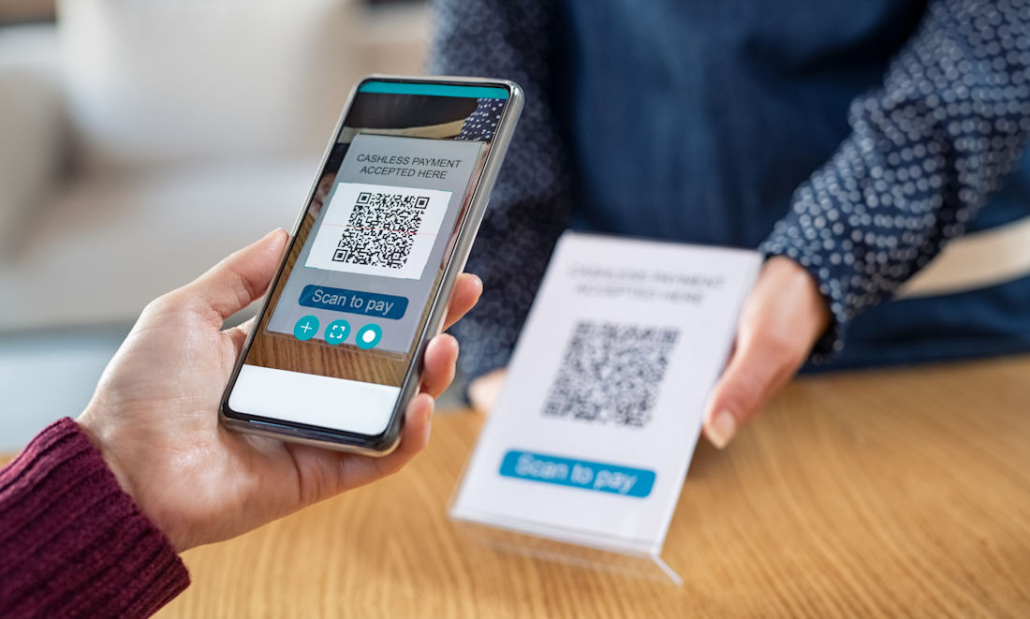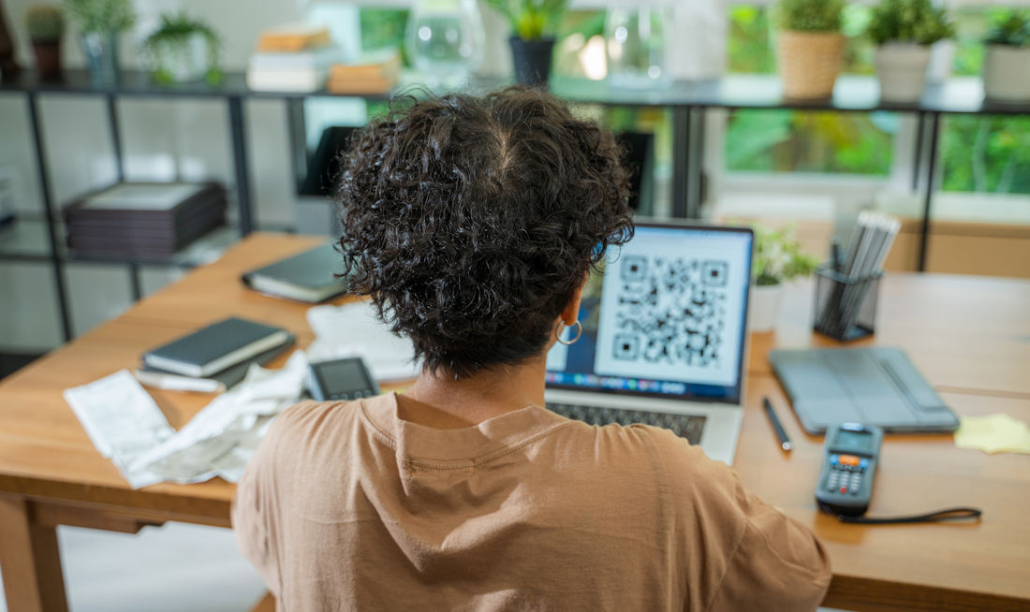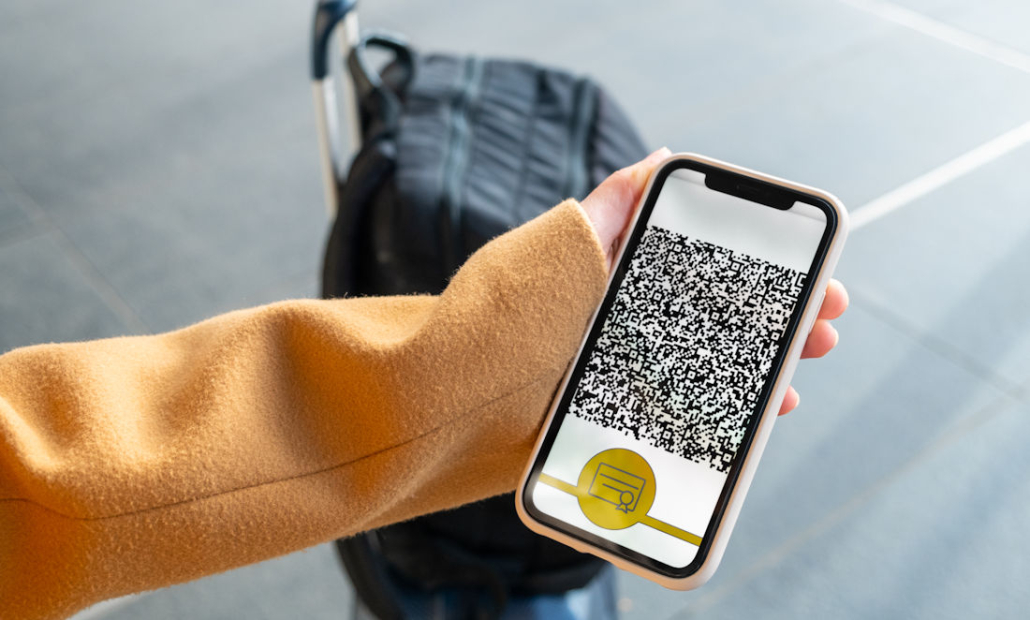QR Codes: What They Do & How to Set Them Up
If you’ve been to a restaurant in the past few years, chances are you’ve encountered the QR code, which exploded in popularity during the pandemic in an effort to curb the use of reusable menus.
QR codes were invented by a Japanese automotive company in 1994, and were originally used to track vehicle parts during the manufacturing process. The company chose not to enforce their patent rights, with the aim of turning QR codes into a public tool. It was primarily the manufacturing sector that employed QR codes until Apple and other phone makers implemented QR readers into the camera, opening up the technology for consumers.
Now that the pandemic has come and gone, QR codes have demonstrated real staying power. Widespread in restaurants by now, use cases for the QR code have expanded to advertising, authentication, security, and more.
What is a QR Code?
Short for Quick Response Code, the QR code is a type of barcode similar to what you’d find on products at the grocery store. But the QR code stands out due to its square format and unique design, with a grid of black and white squares and thin rectangles. It looks something like this:

Rather than just some product or inventory information, the QR code is able to hold significantly more data than a plain barcode. But how does it work?
How Does a QR Code Work?

The QR code is designed to be scanned by digital devices like a smartphone. If you have a smartphone, all you need to do it open your camera and point it at the code. Once its focused, a link should pop up, which you can click to access a website, app, or document.
You can connect a QR code with just about anything these days. The information is encoded into the pattern of black and white, which phone cameras are designed to scan and decode into usable information. QR codes are able to be scanned from digital devices (like a TV) or in the physical world (like a menu), and contain special features like quiet zones, alignment patterns, and other designs that ensure the code is scanned and decoded properly even when damaged.
These are the main components of any QR code:
- Data Cells: Where the encoded data lives.
- Quite Zone: A border around the QR code that helps devices determine where it starts and ends.
- Alignment Patterns: Three bigger squares in the corners use to locate the code.
- Timing Patterns: The L-shaped pattern that helps scanners find the individual squares while compensating for any damage.
- Version Information: Indicator for which version of the QR code standard is used.
How to Setup a QR Code

Setting up a QR code is fairly simple and can be done at zero cost. To start, you’ll need to generate your QR code. There are a number of specialized websites out there that will spit out generated QR codes for you to easily download. You can even use online platforms like Canva and Adobe Express.
Before you go ahead and design your QR code, you’ll need to be clear about its use case. The design phase is where you input what you want to encode into a designated field. This could be a website, phone number, text file, contact information, or something different. Depending on the type of tool you’re using to generate the code, you may also have the option to add in some customization, like colours and a logo.
If you’re creating a QR code to send users to your website, you can integrate custom parameters into your URL in order to accurately track traffic in Google Analytics. Contact a digital marketing professional to get help with your analytics and QR code traffic.
When you’re done designing the QR code, all you need to do is download it as an image file. Then you’re ready to begin adding it to your website, physical marketing materials, your bumper, or anywhere else.
Use Cases for QR Codes

The use cases for QR codes are plentiful, for both commercial and personal use. We’re all aware of using QR codes in restaurants in order to access the menu. But that’s just one use. QR codes are still used widely in product and inventory management, but the advertising sector has taken the QR code and run with it; using them for product packaging and special advertising campaigns in the digital and physical worlds. People and businesses have gotten creative with QR codes over the years as well, adapting them for healthcare, fundraising, public awareness, funerals, and sharing contact info and Wi-Fi. Here are some real-world applications that leverage QR codes:
- Web pages. Users are directed to one page with just one click.
- App downloads. Allows users to quickly find and download an app from app stores.
- Event info. Share event information like schedules, tickets, and lineups.
- Social media profiles. Easily collects followers and mentions with one click.
- Wi-Fi access. Share Wi-Fi credentials without needing to shout or memorize the password.
- Contact info. Share contact information like addresses or phone numbers.
- Payments. Facilitate cashless transactions.
As a retailer, there are plenty of ways to incorporate QR codes in your store or in a digital environment to quickly engage with your customers. A point-of-sale (POS) system is another tool you can use to manage inventory, access reporting, receive purchase orders, sell across multiple channels, and more. If you don’t have a POS system or are looking to upgrade, contact Tri-City Retail for a free demo.

